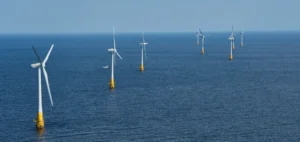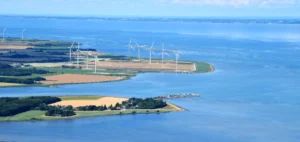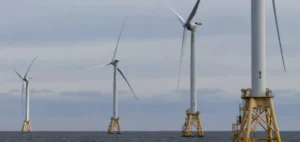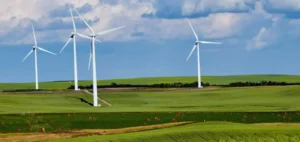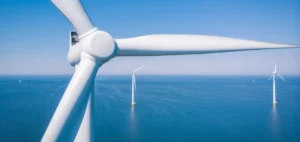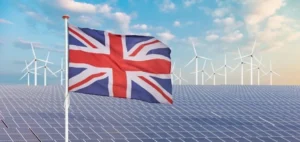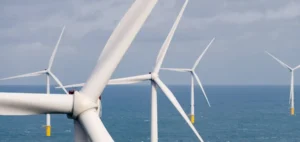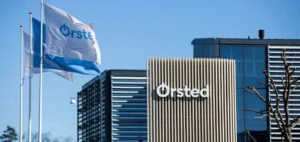RWE has signed a framework agreement with Siemens Gamesa, reinforcing their long-standing collaboration in the wind power sector, both for onshore and offshore turbines. Under the agreement, RWE plans to build onshore wind farms in Europe with a total capacity of 1,000 megawatts using Siemens Gamesa turbines by 2027. Siemens Gamesa will thus become one of the main suppliers of large components for RWE projects.
RWE to use Siemens Gamesa 5.X onshore platform
RWE will primarily purchase the Siemens Gamesa 5.X onshore platform, with a flexible power rating of 6.6 to 7.0 megawatts, also in its domestic market in Germany. In addition, the projects will also use the Siemens Gamesa 4.X platform as part of the agreement. The contract will also include a service agreement for the wind turbines, which will ultimately allow RWE to perform maintenance and inspection work itself.
Recyclable rotor blades
By using recyclable rotor blades from Siemens Gamesa, RWE continues its commitment to sustainability. The company is already using these blades for its German offshore wind farm Kaskasi, as well as for its largest construction project, Sofia. The company’s flagship offshore project has a capacity of 1.4 gigawatts and is currently under construction off the northeast coast of the UK.
This partnership between RWE and Siemens Gamesa demonstrates their shared commitment to providing reliable renewable energy and supporting Europe’s energy transition. With a supply chain for major components in place, they can ensure the timely and cost-effective availability of their advanced technology, which will help meet the growing demand for wind power across Europe.



